
99+ hình nền bóng đá nhiều thể loại nhiều kích thước
Tổng hợp hình nền bóng đá đẹp, ấn tượng cho team mê bóng đá. Hình nền chất lượng cao, có link tải về miễn phí cho laptop, điện thoại, máy tính bàn,... Click chọn hình nền đẹp ngay!
Hình nền bóng đá là một trong những chủ đề được nhiều người lựa chọn để làm mới cho thiết bị của mình, đặc biệt là team mê môn thể thao vua này. Nếu bạn đang tìm kiếm hình nền đẹp và cách đặt hình nền cho laptop, desktop, điện thoại thì hãy xem ngay bài viết này của Điện Thoại Vui nhé. Chúng tôi sẽ mang đến cho bạn bộ sưu tập hình chất lượng cùng link tải miễn phí.
Một số kích thước thông dụng của hình nền bóng đá
Để có một hình nền bóng đá đẹp, rõ nét và đầy đủ nội dung hình ảnh bạn cần chọn đúng kích thước của thiết bị. Điều này sẽ giúp hình ảnh không bị vỡ do phải phóng to hay bị cắt mất một phần do quá lớn. Dưới đây là một số kích thước hình nền thông dụng của thiết bị.
Kích thước hình nền bóng đá desktop
Desktop hay máy tính bàn thường có kích thước tiêu chuẩn là 1024 x 768, 1280 x 1024 và 1920 x 1080 pixel. Độ phân giải tiêu chuẩn là 1024 x 768 và tỷ lệ màn hình 4: 3.

Tuy nhiên, kích thước này cũng sẽ có sự thay đổi linh hoạt tùy vào kích thước màn hình. Với các màn hình có kích thước lớn (32”, 48”,...) thì sẽ cần hình nền có kích thước lớn hơn. Bạn có thể tham khảo thêm kích thước chính xác bằng cách tra cứu theo model máy.
Kích thước hình nền bóng đá trên mobile
Điện thoại cũng là thiết bị được người dùng thường xuyên thay đổi hình nền. Với điện thoại, thông thường sẽ chú ý đến tỷ lệ khung hình nhiều hơn. Trong đó, tỷ lệ khung hình phổ biến là 21:9, 19:9, 16:9.
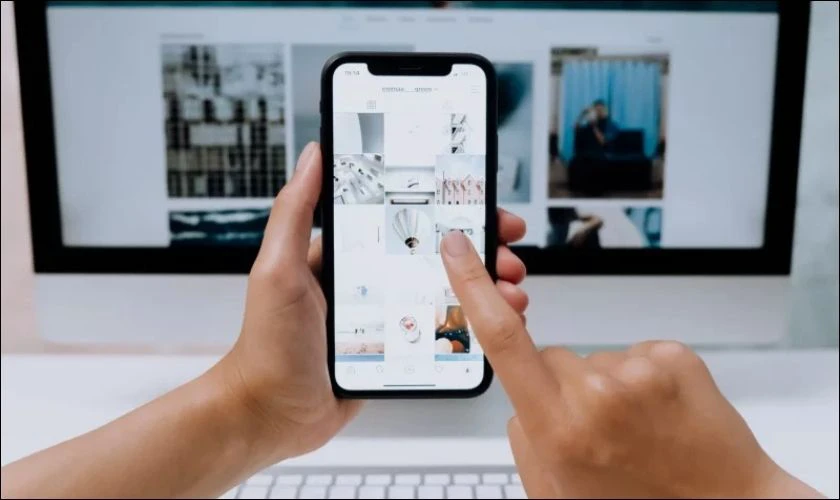
Kích thước ảnh dài - rộng sẽ dao động tùy vào kích thước màn hình (inch) của thiết bị. Thông thường, kích thước màn hình 6 inch trở lên sẽ cần hình nền có chiều cao từ 1080 và chiều rộng từ 2340 trở lên.
99+ hình nền cầu thủ bóng đá
Bạn yêu mến cầu thủ bóng đá và muốn đặt hình thần tượng lên thiết bị của mình? Vậy thì còn chần chờ gì mà không lựa ngay một tấm hình đẹp bên dưới nhé.
Hình nền bóng đá - Cầu thủ Cristiano Ronaldo
Cristiano Ronaldo hay CR7 là một trong những siêu sao bóng đá có nhiều fan hâm mộ nhất thế giới. Cùng xem ngay bộ ảnh nền của cầu thủ này nào:
Hình nền cho laptop, desktop:

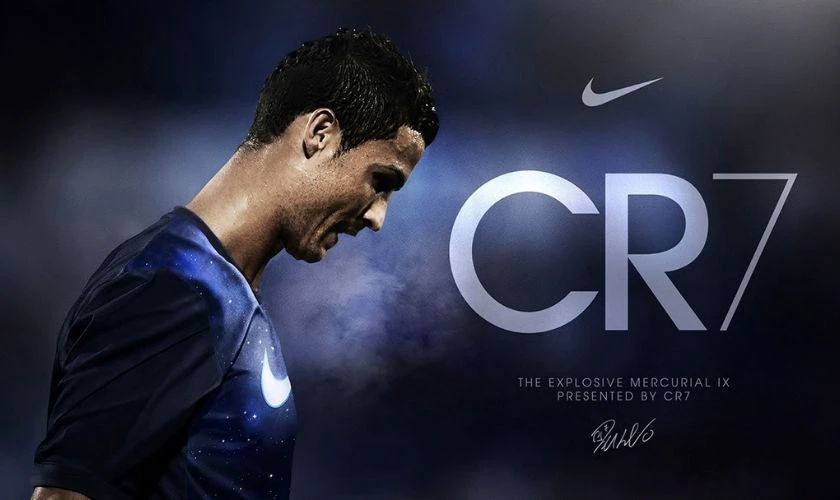



Hình nền cho điện thoại:





Link tải trọn bộ hình nền bóng đá cầu thủ Cristiano Ronaldo: https://s.net.vn/FW6F
Hình nền cầu thủ bóng đá Lionel Messi
Lionel Messi - Cái tên được fan bóng đá săn đón và cuồng nhiệt yêu mến chắc chắn sẽ giúp thiết bị của bạn trở nên sinh động hơn bao giờ hết. Cùng ngắm và tải ngay bộ ảnh nền của danh thủ này nhé;
Hình nền cho laptop, desktop:





Hình nền cho điện thoại:





Link tải trọn bộ hình nền bóng đá cầu thủ Lionel Messi: https://s.net.vn/9VrX
Hình nền điện thoại bóng đá - Cầu thủ Pele
Pele là huyền thoại làng bóng đá, người tạo nên những bàn thắng lịch sử mà bất kỳ fan bóng đá nào cũng đã từng nghe danh và thần tượng. Nếu yêu thích vị cầu thủ gạo cội này hãy tải ngay bộ ảnh dưới đây về máy:
Hình nền cho laptop, desktop:

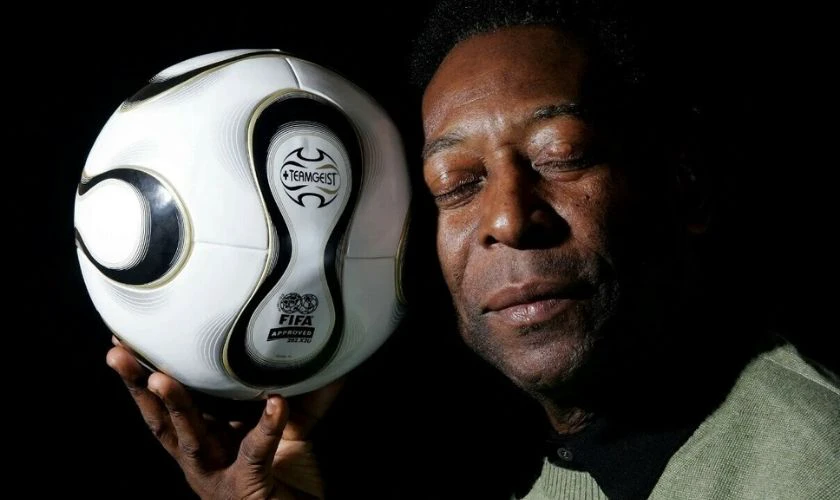



Hình nền cho điện thoại:





Link tải trọn bộ hình nền bóng đá cầu thủ Pele: https://s.net.vn/jbmY
Hình nền bóng đá cầu thủ Ronaldo Nazario
Ronaldo Nazario (Ronaldo Luís Nazário de Lima) là một cầu thủ Brazil được đông đảo cộng đồng óng đá ngưỡng mộ bởi tài năng vượt bậc, là một trong những cầu thủ 'đắt giá' nhất hành tinh theo cả nghĩa đen lẫn nghĩa bóng. Còn chần chờ gì mà không xem ngay bộ sưu tập hình nền của tiền đạo này nào:
Hình nền cho laptop, desktop:





Hình nền cho điện thoại:

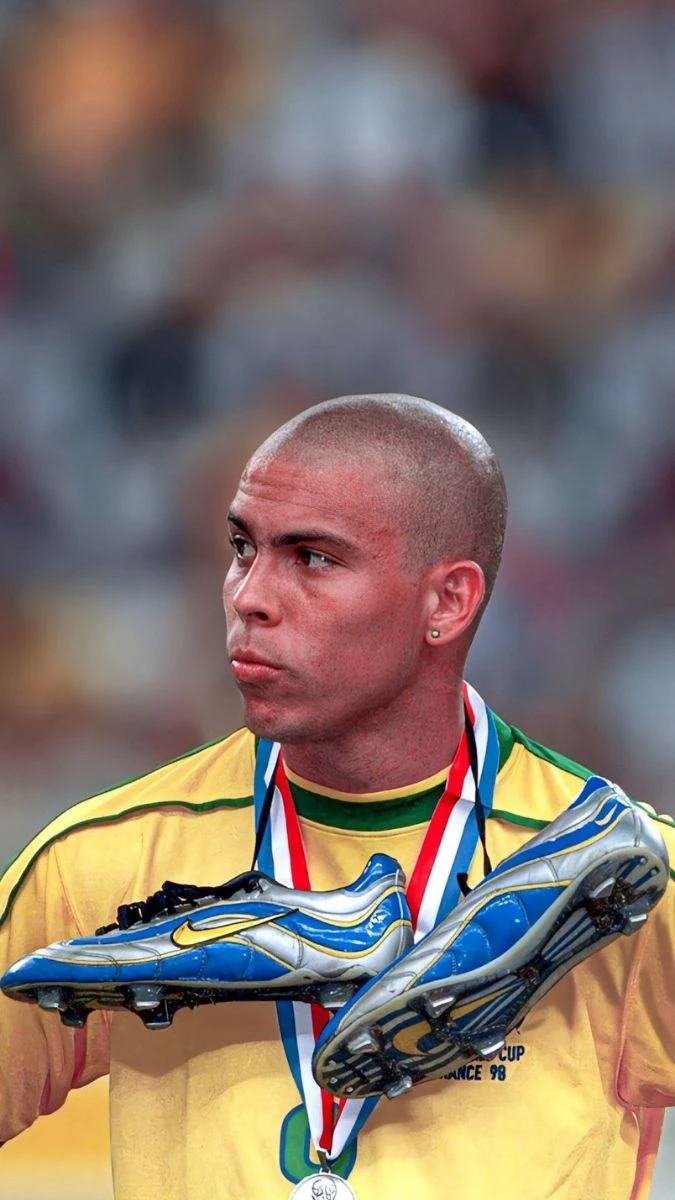



Link tải trọn bộ hình nền bóng đá cầu thủ Ronaldo Nazario: https://s.net.vn/bkyb
49+ hình nền bóng đá chủ đề CLB nổi tiếng
Ngoài cầu thủ, các câu lạc bộ (CLB) cũng nhận được sự quan tâm của nhiều tín đồ thể thao. Bạn là fan của CLB nào? Xem và tải ngay bộ ảnh của CLB yêu thích về làm mới laptop, điện thoại của mình nhé.
Hình nền bóng đá 4K - Real Madrid
Real Madrid - CLB bóng đá Tây Ban Nha hàng đầu nhận được sự ủng họ của nhiều fan sân cỏ. Nhanh tay chọn ngay bộ ảnh của CLB này nào:
Hình nền cho laptop, desktop:

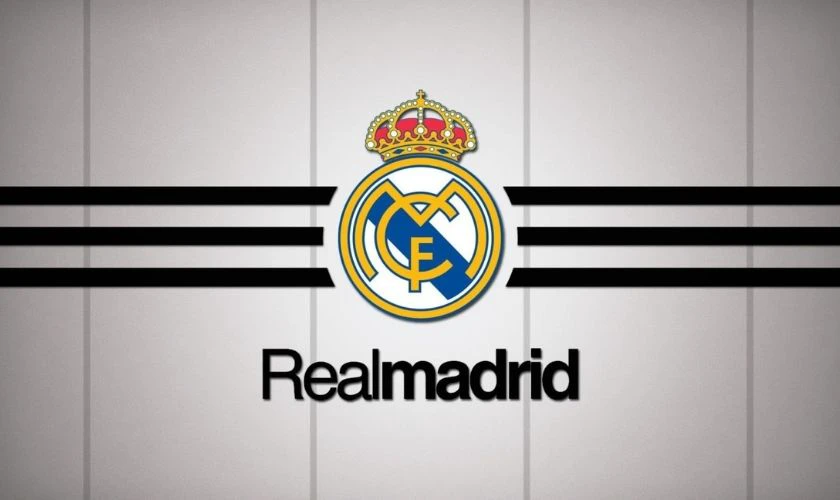



Hình nền cho điện thoại:





Link tải trọn bộ hình nền CLB Real Madrid: https://s.net.vn/md1y
Hình nền bóng đá đẹp cho điện thoại - MU
M.U hay Manchester United còn được biết đến với biệt danh 'Quỷ Đỏ'. Dù phong độ của M.U gần đây có phần giảm sút nhưng đẳng cấp vẫn là mãi mãi, fan hâm mộ vẫn dành rất nhiều tình cảm cho CLB này. Mời bạn xem ngay bộ ảnh cực chất của M.U dưới đây:
Hình nền cho laptop, desktop:




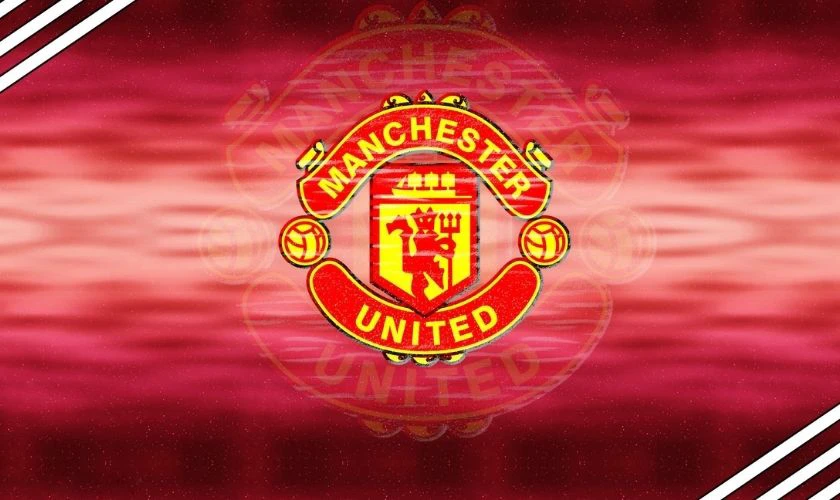
Hình nền cho điện thoại:





Link tải trọn bộ hình nền CLB M.U: https://s.net.vn/TST9
Hình nền bóng đá đội bóng Barcelona
Barcelona cũng là CLB có đội ngũ fan hâm mộ hùng hậu. Nếu bạn cũng là một thành viên trong hội những người yêu thích CLB Barcelona thì còn chần chờ gì mà không lựa ngay tấm hình ưng ý bên dưới:
Hình nền cho laptop, desktop:





Hình nền cho điện thoại:





Link tải trọn bộ hình nền CLB Barcelona: https://s.net.vn/9x2N
Hình nền bóng đá CLB Liverpool
Liverpool là cái tên nổi bật tại giải ngoại hạng Anh. CLB này cũng rất đông fan khi có tới hàng triệu người hâm mộ trên toàn thế giới. Cùng nhìn ngắm bộ ảnh về CLB này ngay bên dưới:
Hình nền cho laptop, desktop:
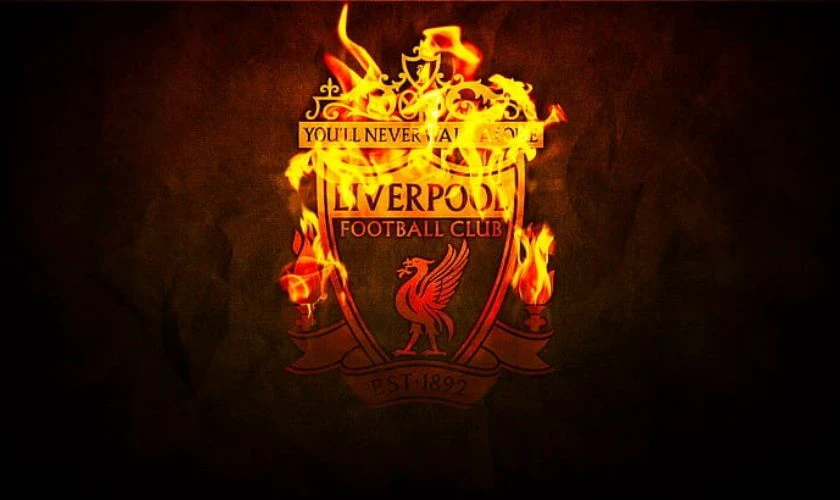



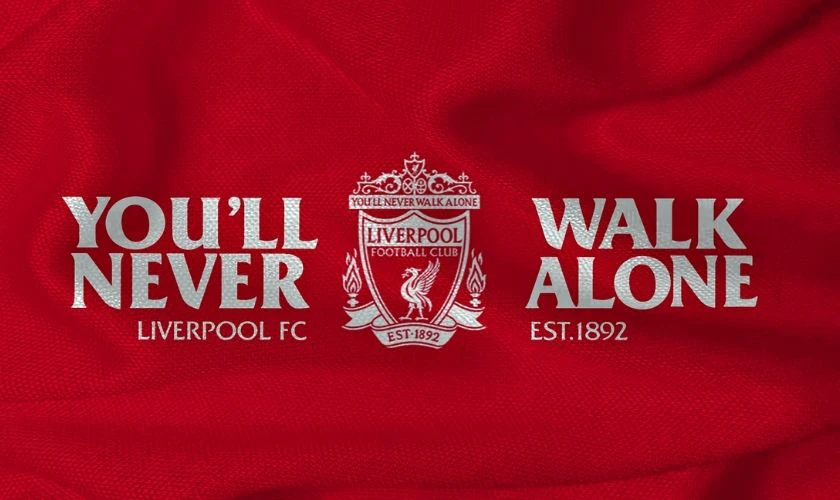
Hình nền cho điện thoại:

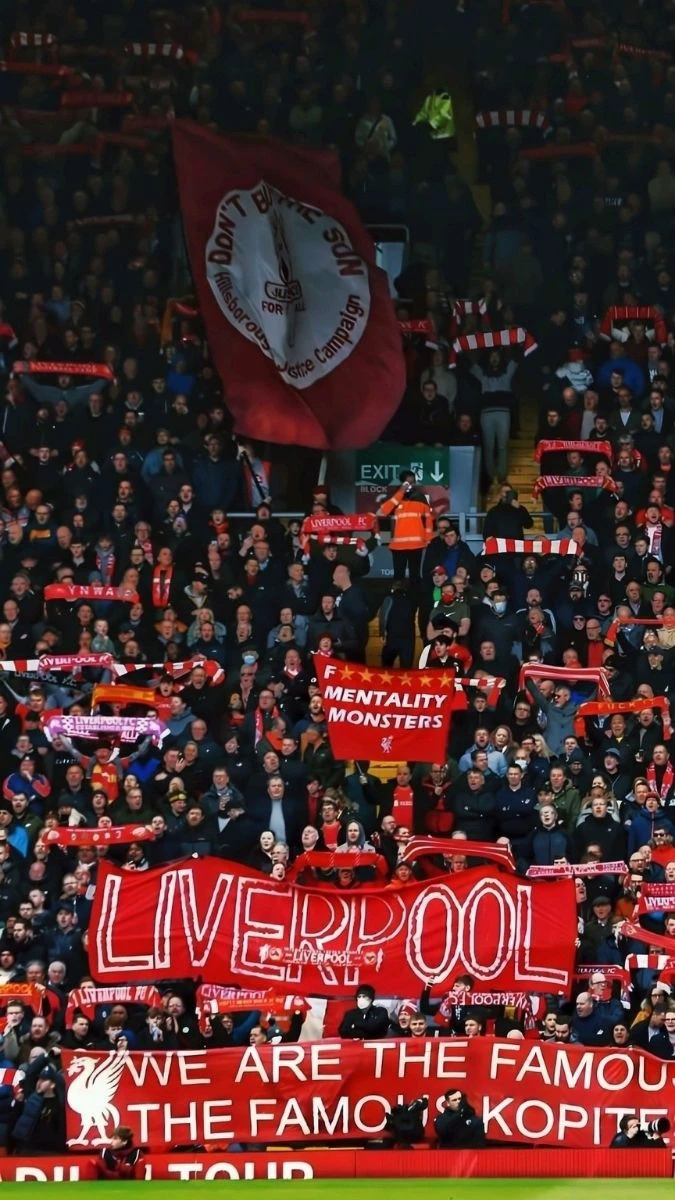

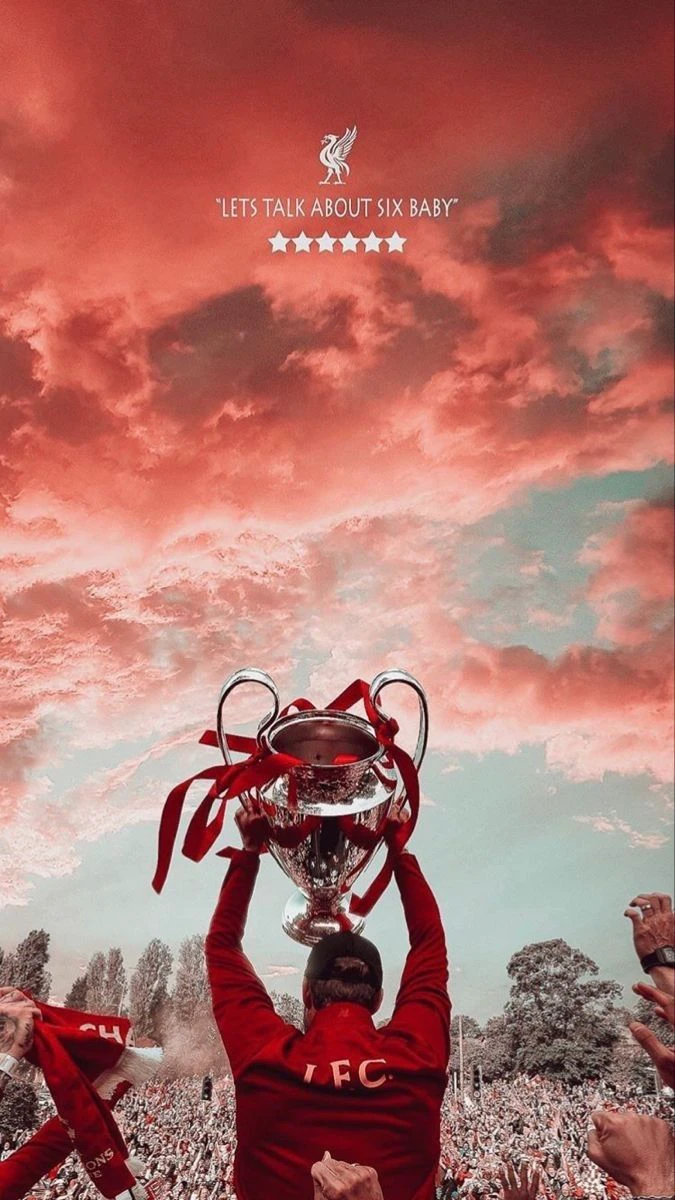
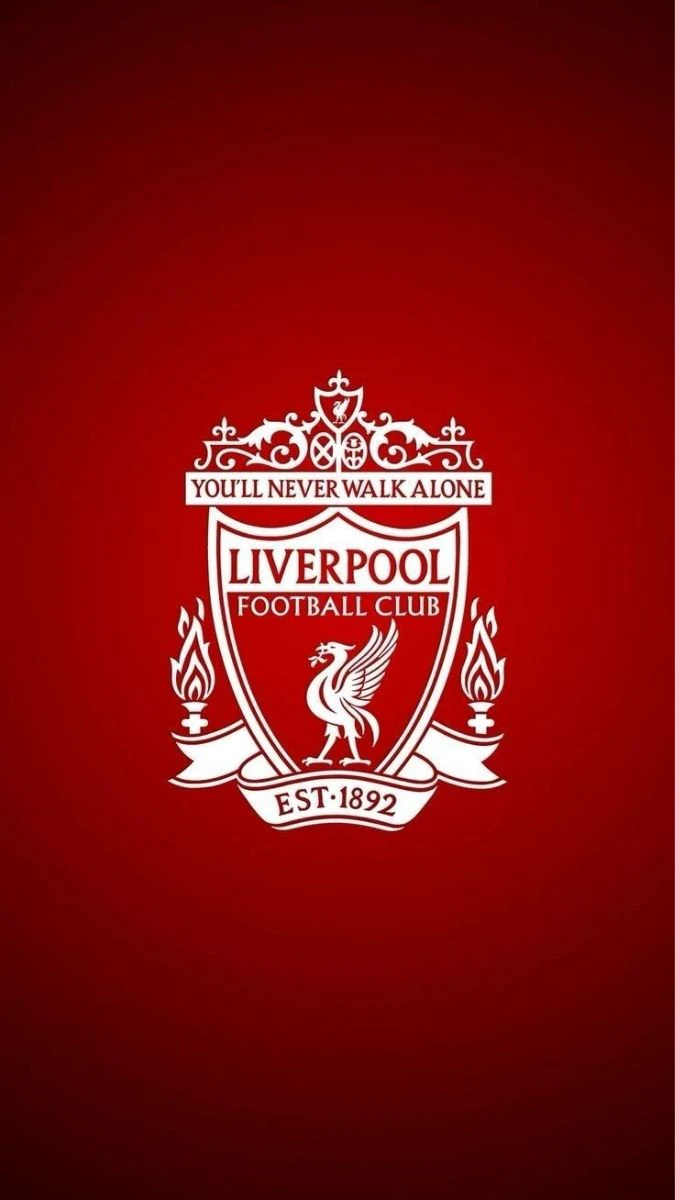
Link tải trọn bộ hình nền CLB Liverpool: https://s.net.vn/Yeg9
Hình nền CLB bóng đá Man City
Man City hay Manchester City là một trong những câu lạc bộ bóng đá lớn nhất và thành công nhất trên thế giới. Chính vì thế, thật hối tiếc nếu bạn bỏ lỡ bộ ảnh nền của CLB này:
Hình nền cho laptop, desktop:





Hình nền cho điện thoại:

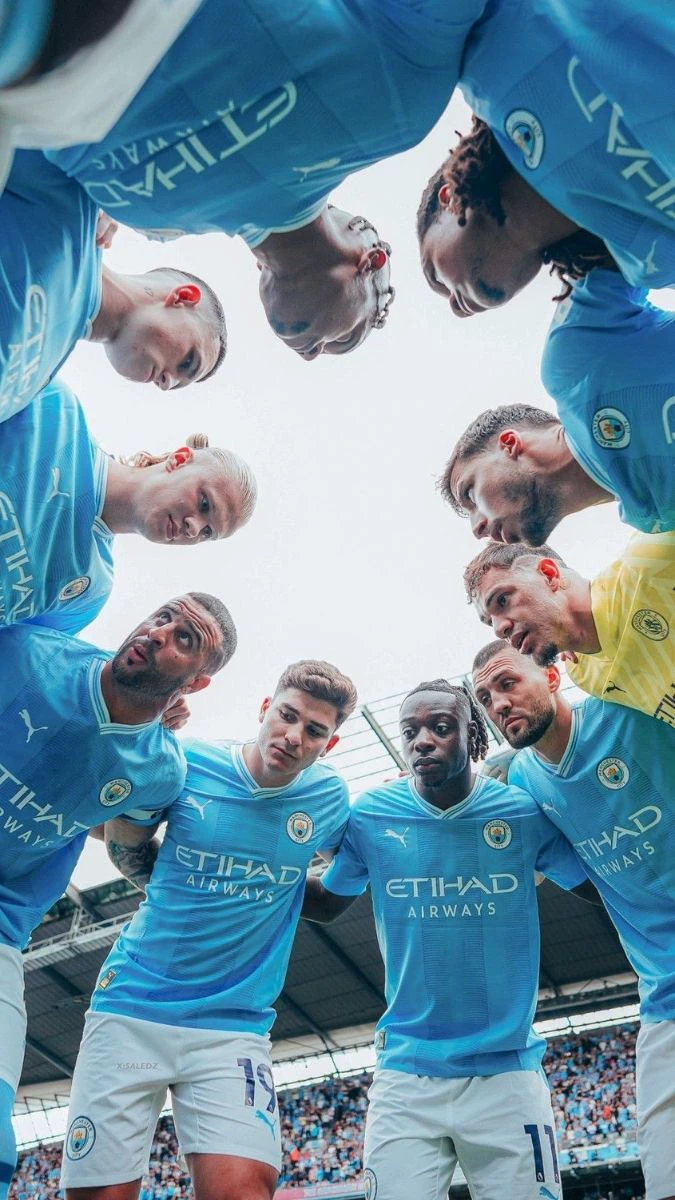



Link tải trọn bộ hình nền CLB Man City: https://s.net.vn/iR9x
Hình nền bóng đá 4K chủ đề sân cỏ
Nếu bạn muốn đổi gió với hình nền sân cỏ thì đây sẽ là những gợi ý dành cho bạn:
Hình nền cho laptop, PC:





Hình nền cho điện thoại:





Link tải trọn bộ hình nền bóng đá chủ đề sân cỏ: https://s.net.vn/qkdz
Top hình nền biểu tượng bóng đá
Biểu tượng bóng đá cũng là một chủ đề thu hút fan thể thao, dưới đây là một số hình ảnh đẹp, chất lượng bạn có thể tham khảo nhanh nhé:
Hình nền biểu tượng bóng đá cho laptop, PC:





Hình nền biểu tượng bóng đá cho điện thoại:





Link tải trọn bộ hình nền biểu tượng bóng đá: https://s.net.vn/0ZJF
Nguồn tải hình nền bóng đá chất lượng
Trong thời đại công nghệ như hiện tại, việc tìm và tải hình nền bóng đá rất dễ dàng. Tuy nhiên, không phải nguồn tải nào cũng đảm bảo an toàn. Do đó, bạn nên tham khảo nguồn uy tín để tránh những phần mềm độc hại không mong muốn. Ngoài ra, bạn cũng cần chọn nguồn miễn phí để không phải tốn quá nhiều chi phí cho phần này.
Website tải hình nền miễn phí
Đây là nguồn tải ảnh chất lượng tương đối tốt. Một số gợi ý cho bạn là Unsplash, Pixabay,... Điện Thoại Vui cũng là một trong những nguồn tham khảo và tải ảnh miễn phí. Chúng tôi thường xuyên tổng hợp hình nền đa dạng chủ đề để bạn làm mới thiết bị của mình.
Các ứng dụng hỗ trợ tải hình nền
Các ứng dụng tải hình cũng được nhiều người lựa chọn. Tuy nhiên, điểm trừ là bạn phải tải ứng dụng hoặc đăng nhập web thì mới có thể tải được.

Một số ứng dụng tải ảnh phổ biến được nhiều người đăng ký và tải về có thể kể đến như Pinterest, Google Photos, Dropbox, ImgurAmazon Photos,...
Các trang mạng xã hội chia sẻ hình nền bóng đá
Mạng xã hội Instagram, Facebook, X (Twitter),... cũng là một trong những kho ảnh miễn phí mà bạn có thể tận dụng. Hãy truy cập các hội nhóm cầu thủ, CLB để có ảnh đẹp về máy.
Cách cài đặt hình nền bóng đá
Nếu bạn chưa biết cách cài đặt hình nền bóng đá thì dưới đây là hướng dẫn dành cho bạn:
Cách cài đặt hình nền bóng đá đẹp cho điện thoại
Để cài đặt hình nền bóng đá đẹp cho điện thoại của mình, bạn thực hiện như sau:
Đối với điện thoại Android:
Bước 1: Tại màn hình chính, bạn ấn giữ vào một vị trí trống bất kỳ cho đến khi cửa sổ tùy chọn hiện lên.
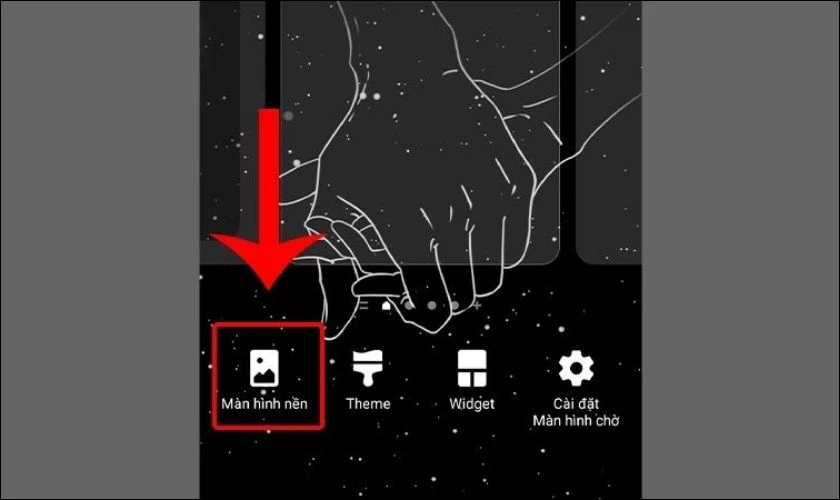
Bước 2: Ấn vào mục Hình nền của bạn. Sau đó, đến kho ảnh để chọn tấm ảnh mà bạn muốn đặt làm hình nền.

Bước 3: Thiết bị sẽ hỏi bạn muốn đặt hình nền chờ hay hình nền khóa, bạn lựa chọn 1 tùy chọn theo mong muốn sau đó ấn đặt là hoàn tất.
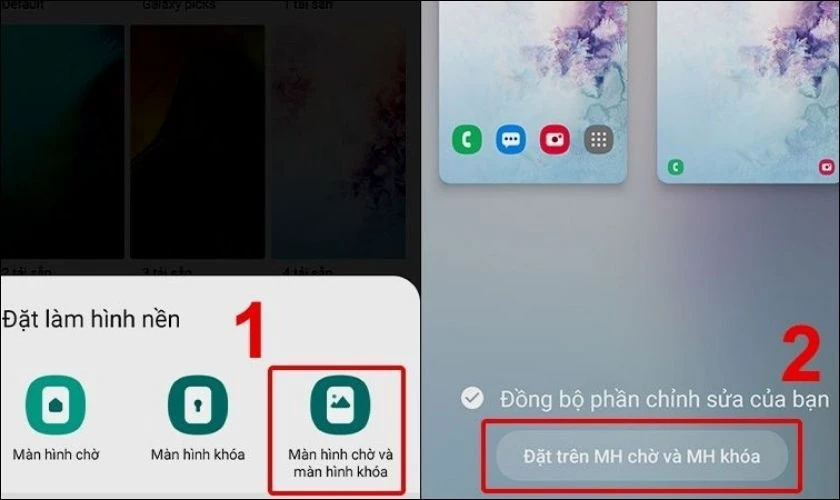
Đối với iPhone:
Bước 1: Bạn vào album ảnh và nhấn giữ vào bức ảnh mà bạn muốn đặt làm hình nền.

Bước 2: Hệ thống sẽ hiện lên cửa sổ tùy chọn, bạn nhấn vào mục đặt làm hình nền.
Bước 3: Cân chỉnh lại ảnh cho phù hợp và nhấn Thiết lập là xong.
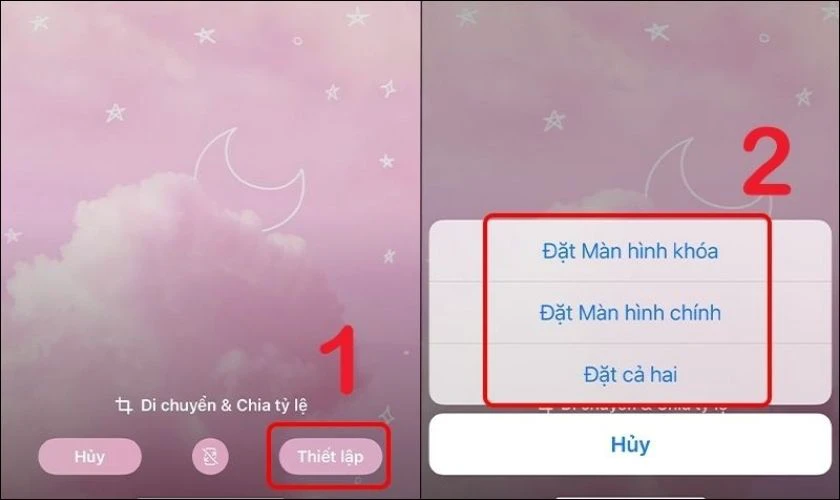
Bây giờ, bạn đã có hình nền bóng đá đẹp cho điện thoại của mình rồi đấy.
Cách cài đặt hình nền bóng đá 4K cho máy tính
Đối với máy tính, cách thay đổi hình nền sẽ cực kỳ đơn giản:
Đối với máy tính Windows:
Bước 1: Bạn truy cập vào kho ảnh lưu trữ, đưa chuột vào bức ảnh bạn muốn đặt làm ảnh nền. Sau đó, click chuột phải để hiện bảng tùy chọn.
Bước 2: Tìm và chọn vào mục Set as desktop background (Đặt làm hình nền).
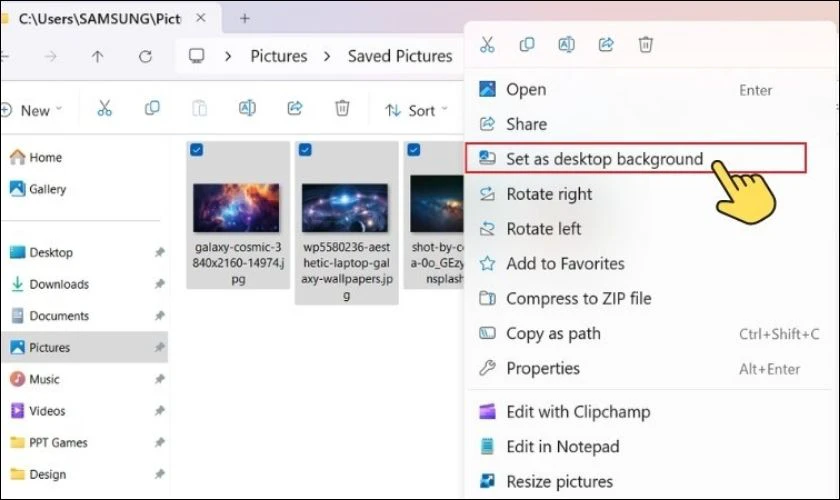
Chờ khoảng chừng là 2 giây sau bức hình sẽ được đặt làm ảnh nền cho máy tính của bạn!
Đối với Macbook:
Bước 1: Trên màn hình Macbook hoặc iMac, click chuột phải và chọn Thay đổi hình nền (Change Wallpaper).
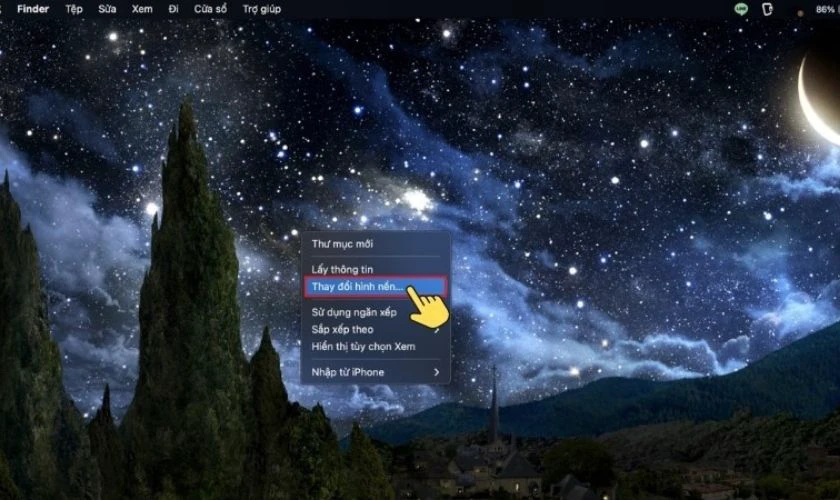
Bước 2: Trong cửa sổ hình nền (Wallpaper), nhấn chọn hình ảnh mặc định mà bạn muốn đổi.
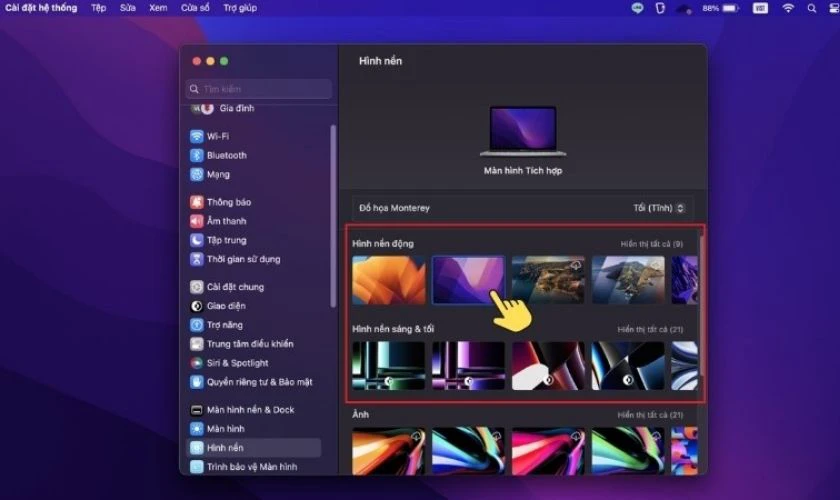
Chỉ với vài thao tác đơn giản là bạn đã có thể thay đổi hình nền cho máy tính của bạn rồi.
Kết luận
Trên đây là những gợi ý hình nền bóng đá đẹp, chất lượng. Hy vọng bạn sẽ tìm được bức hình mình ưng ý từ bộ sưu tập này của chúng tôi. Nếu bạn quan tâm đến những chủ đề hình nền khác, hãy xem thêm nhiều bộ sưu tập ảnh nền khác trong chuyên mục hình nền của Điện Thoại Vui nhé!
Bạn đang đọc bài viết 99+ hình nền bóng đá nhiều thể loại nhiều kích thước tại chuyên mục Review Công nghệ trên website Điện Thoại Vui.
Admin
Link nội dung: https://pi-web.eu/99-hinh-nen-bong-da-nhieu-the-loai-nhieu-kich-thuoc-1735512036-a1656.html